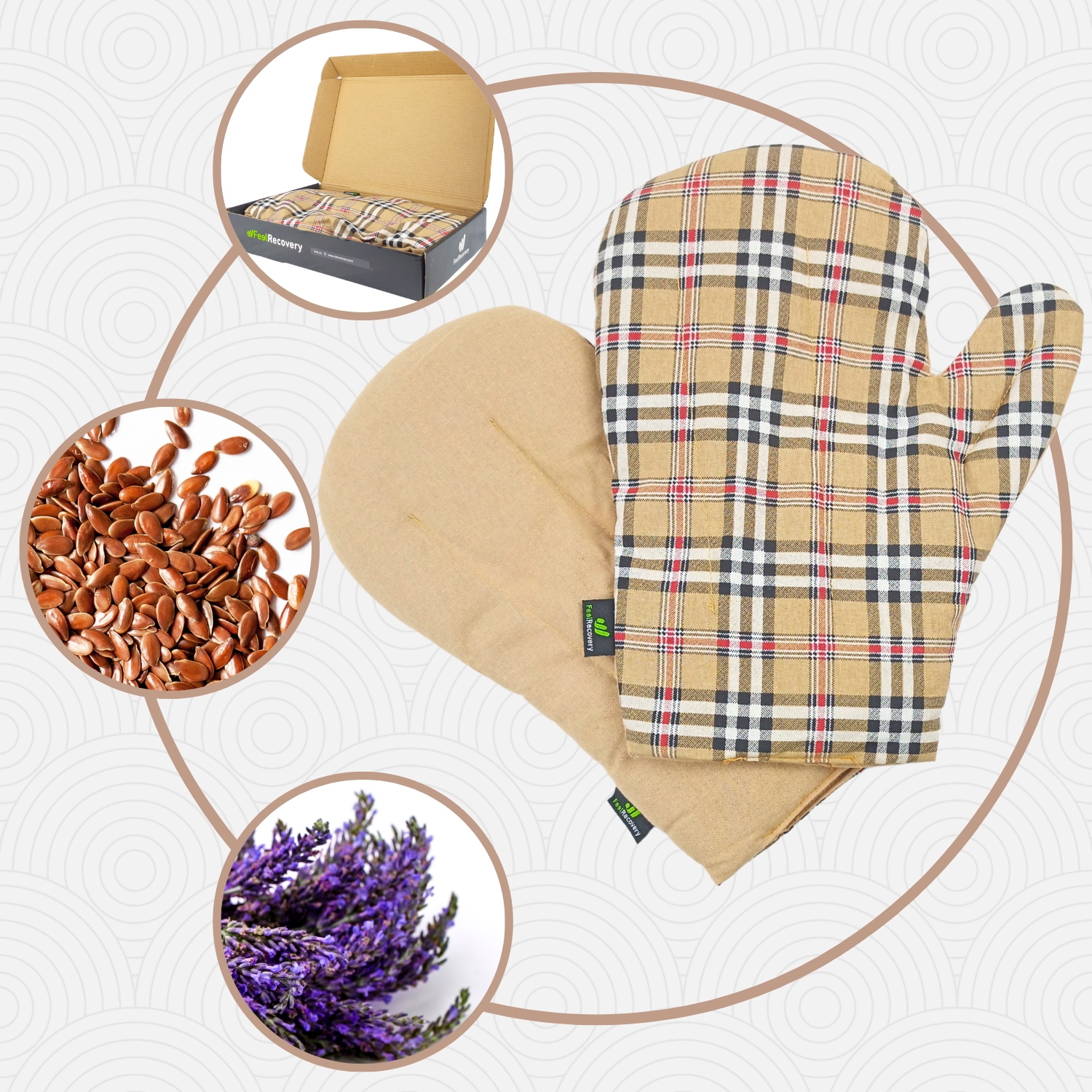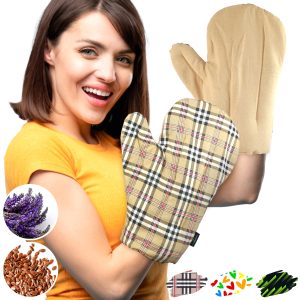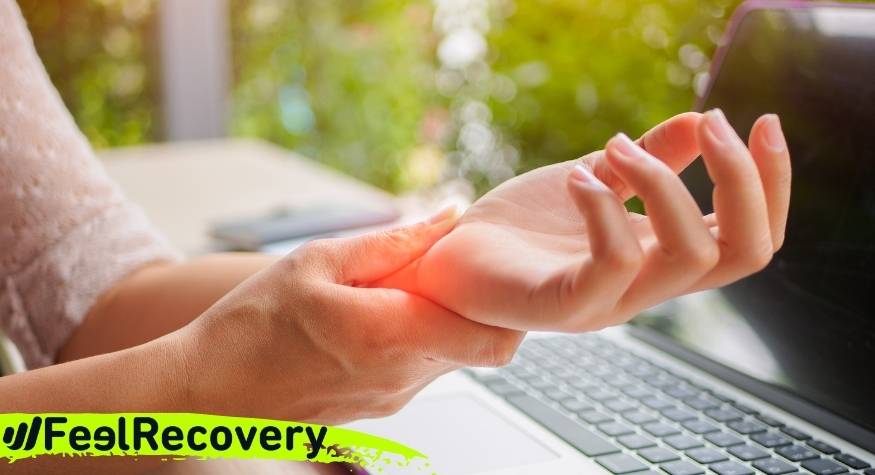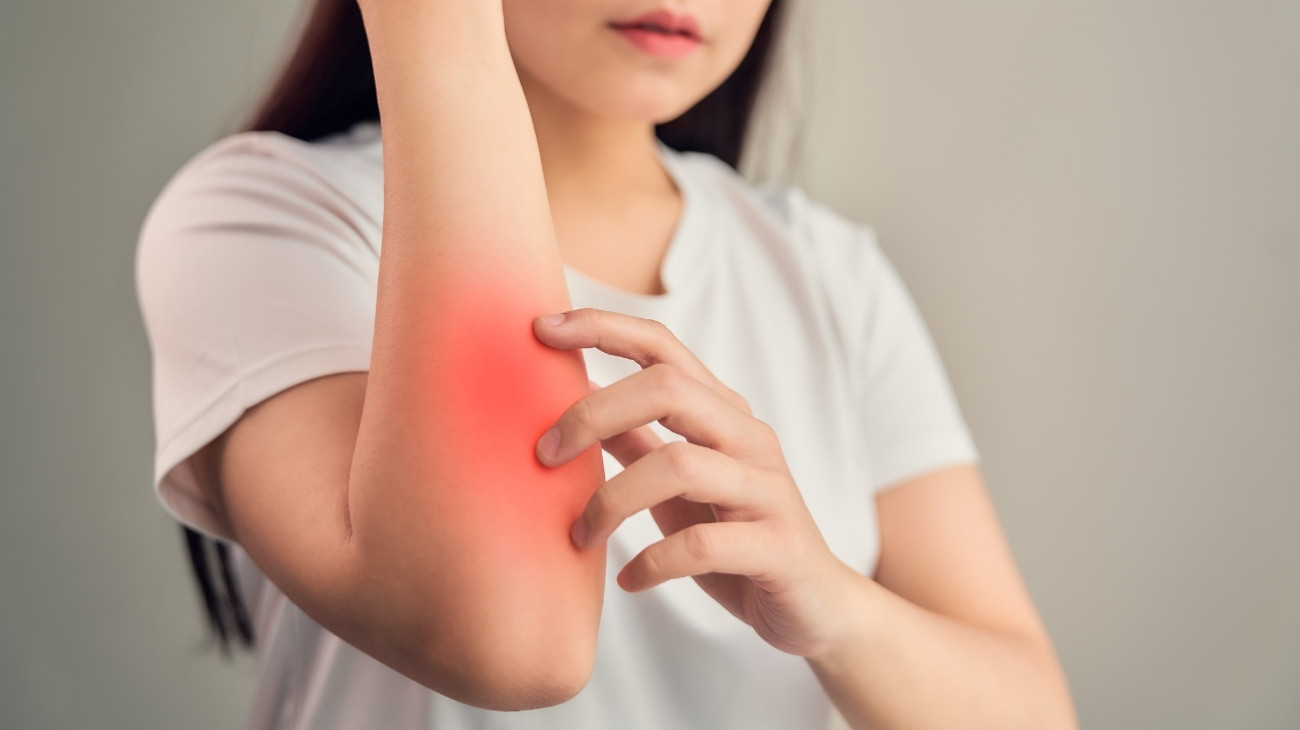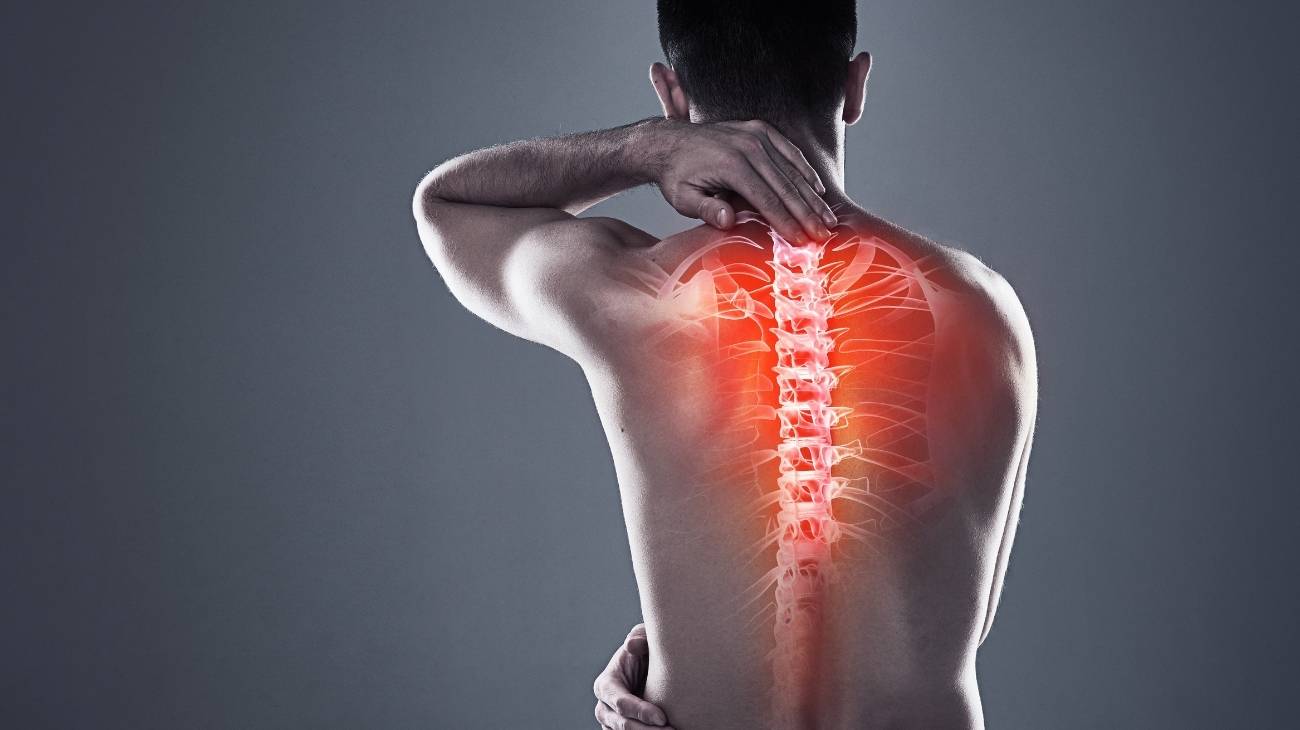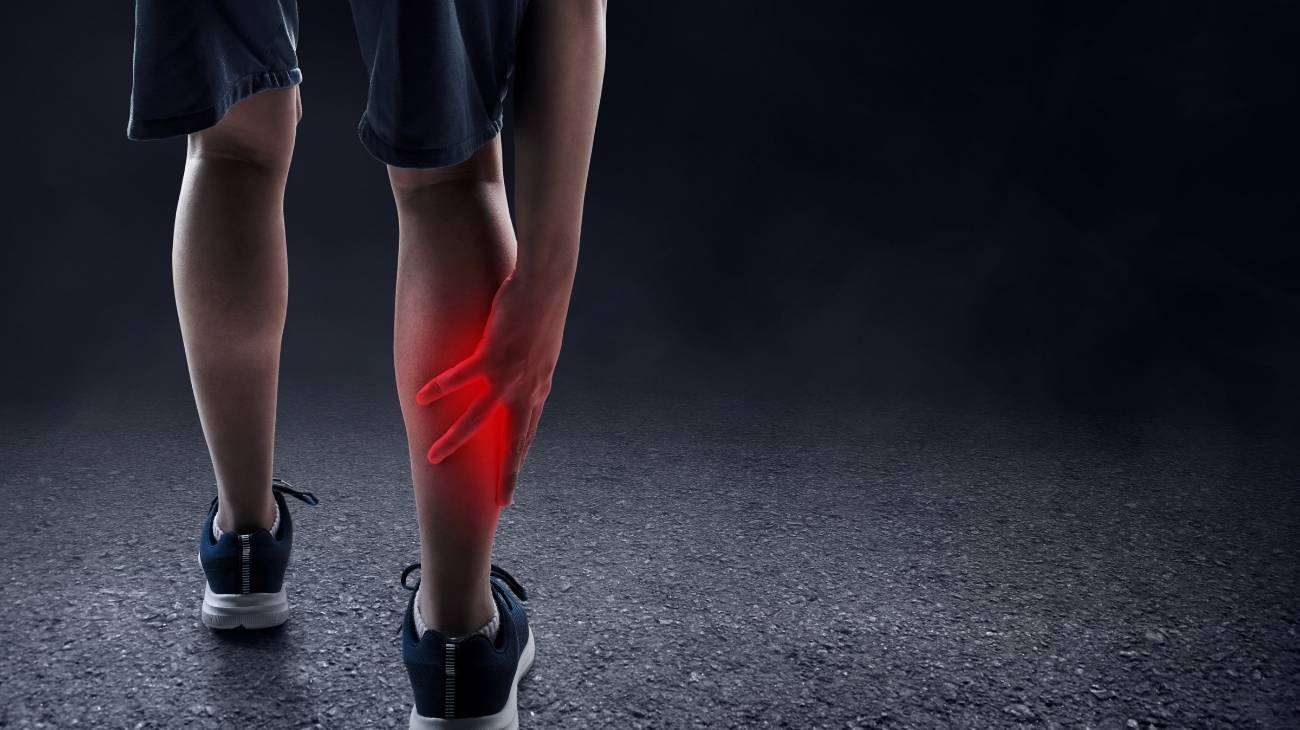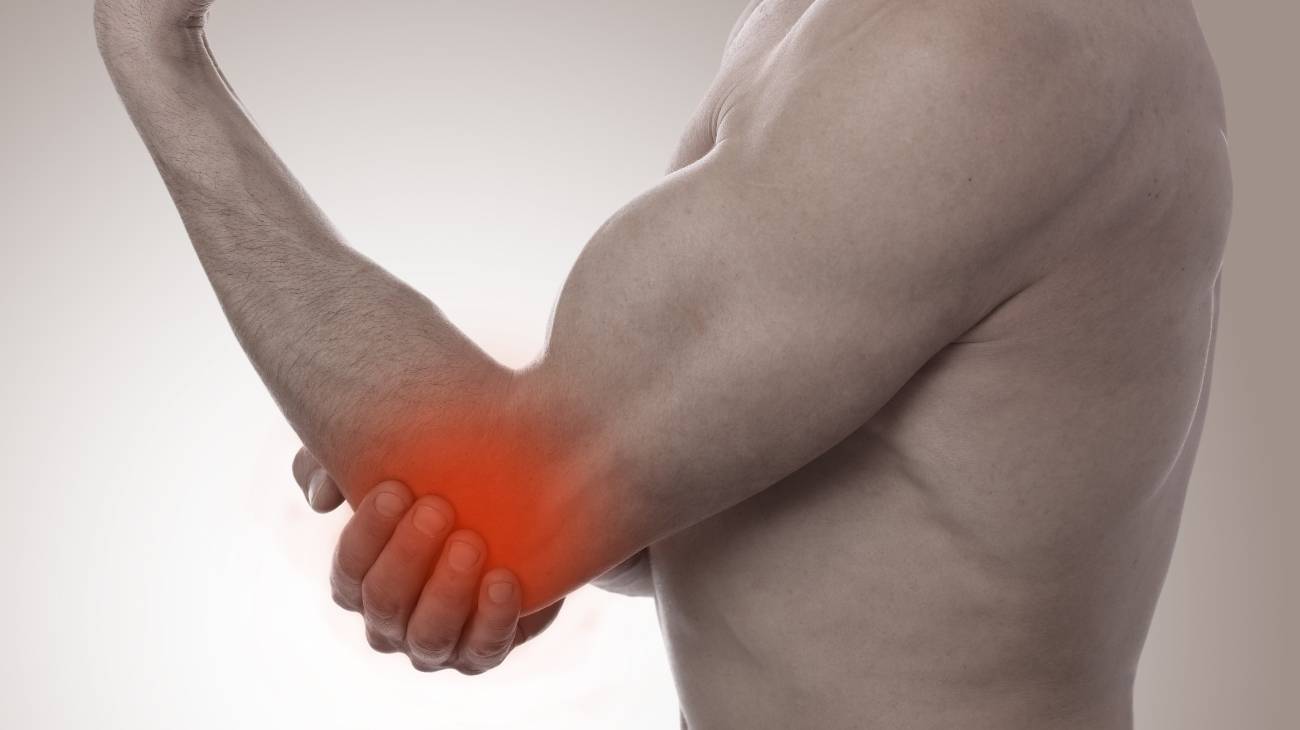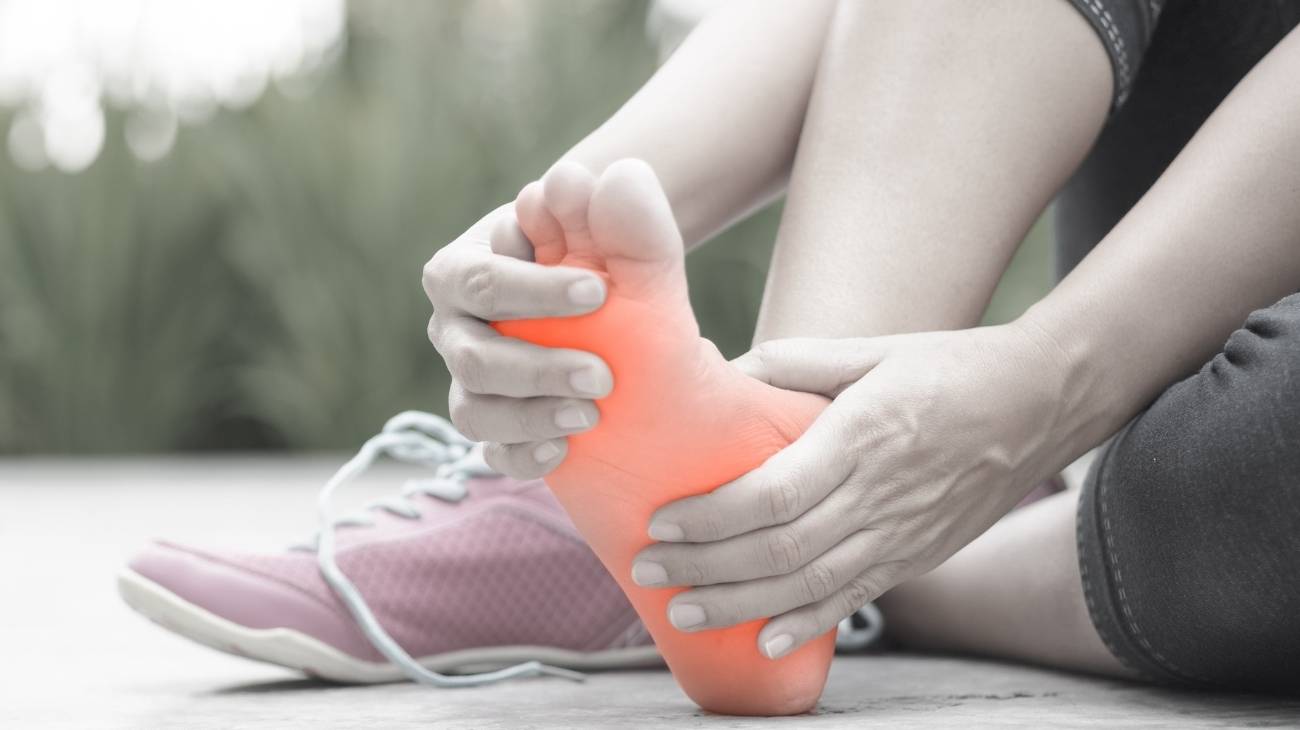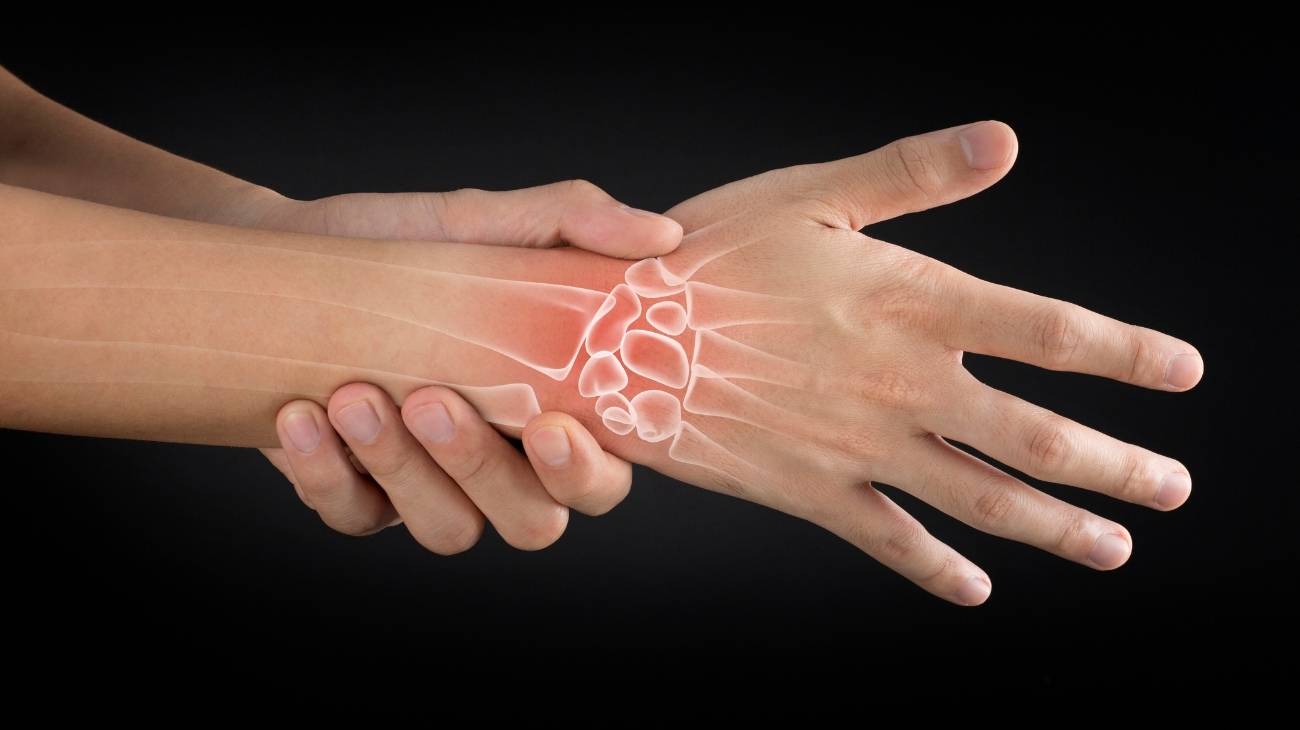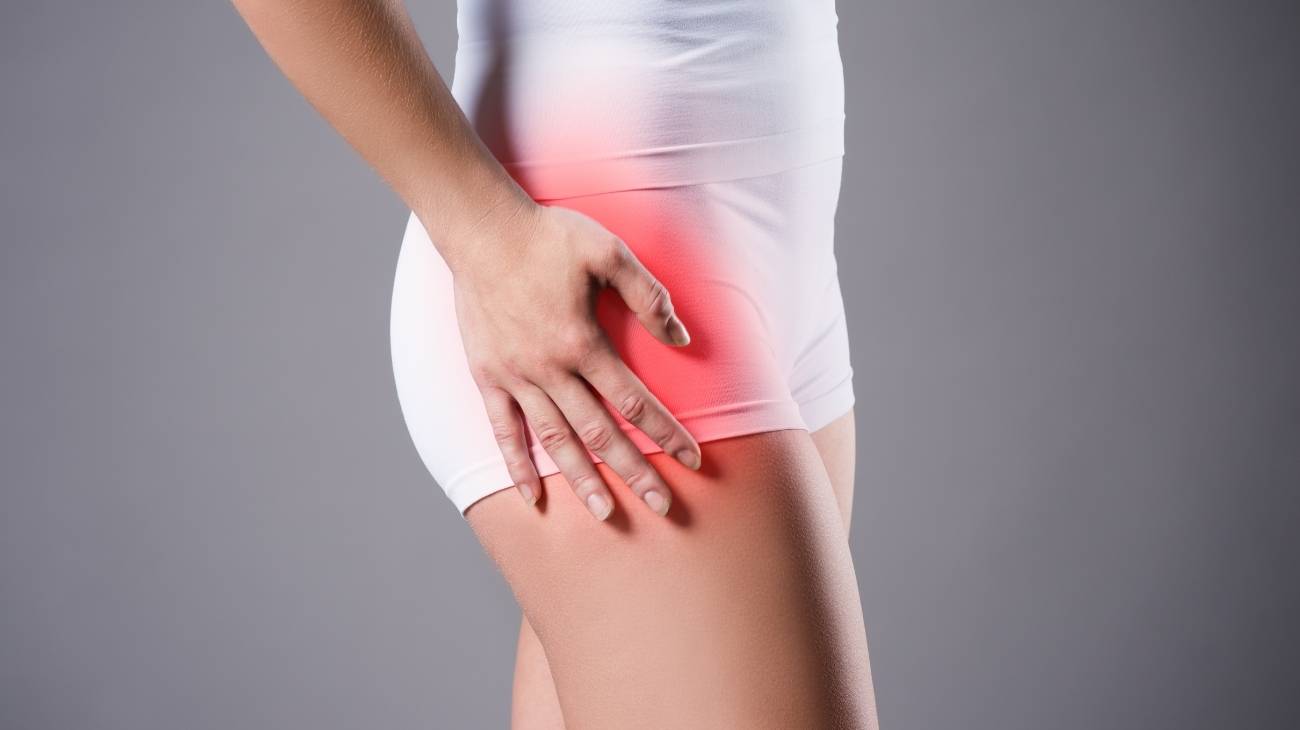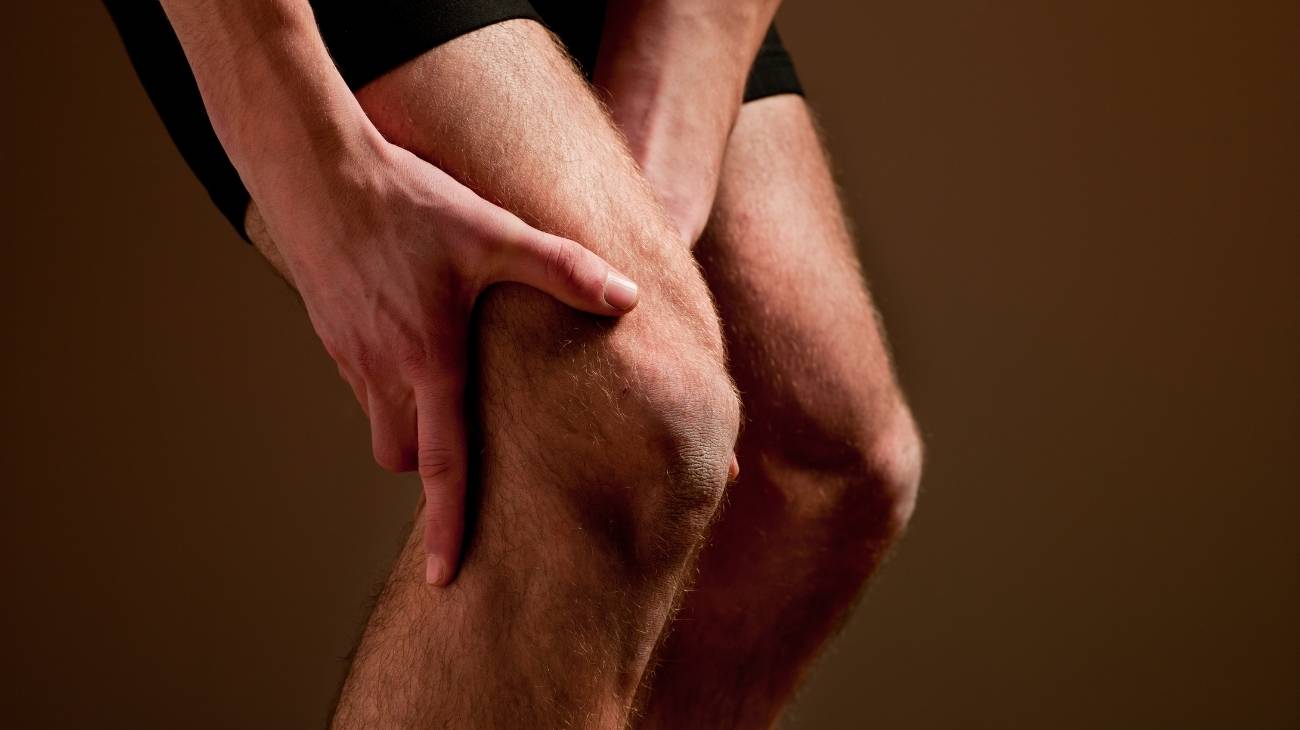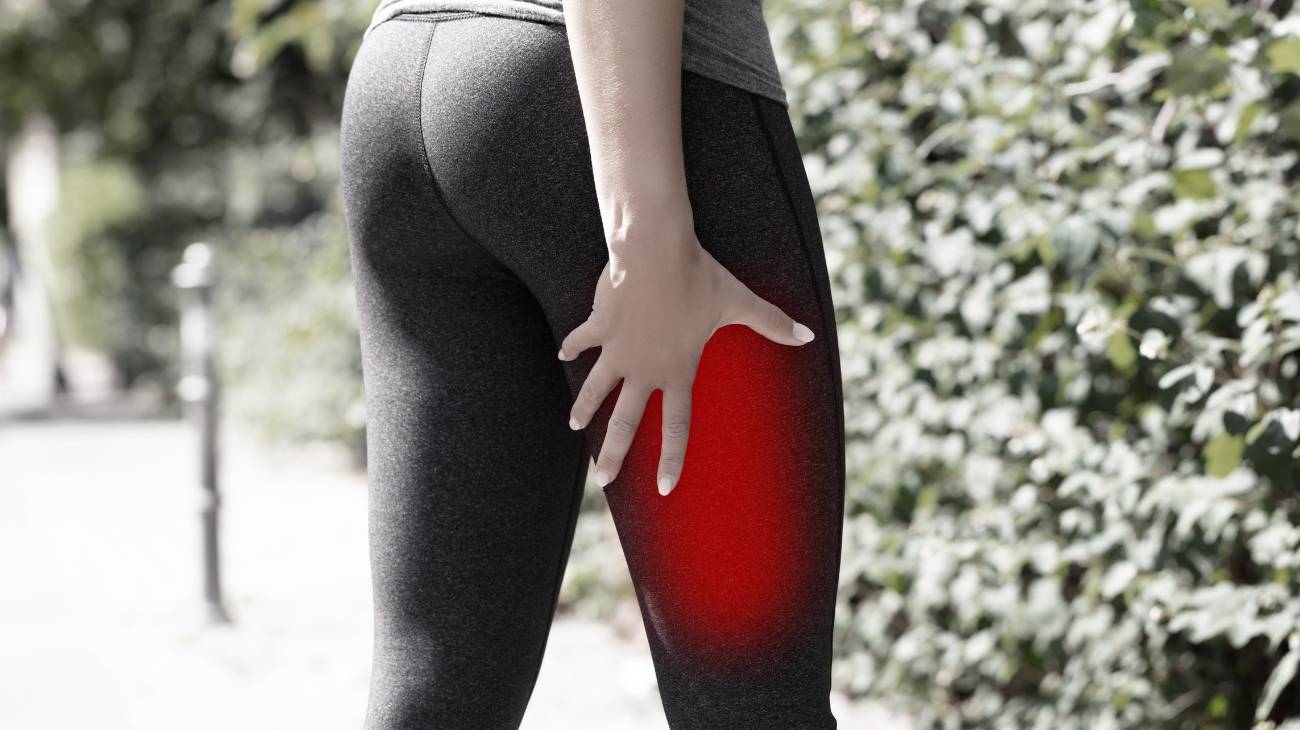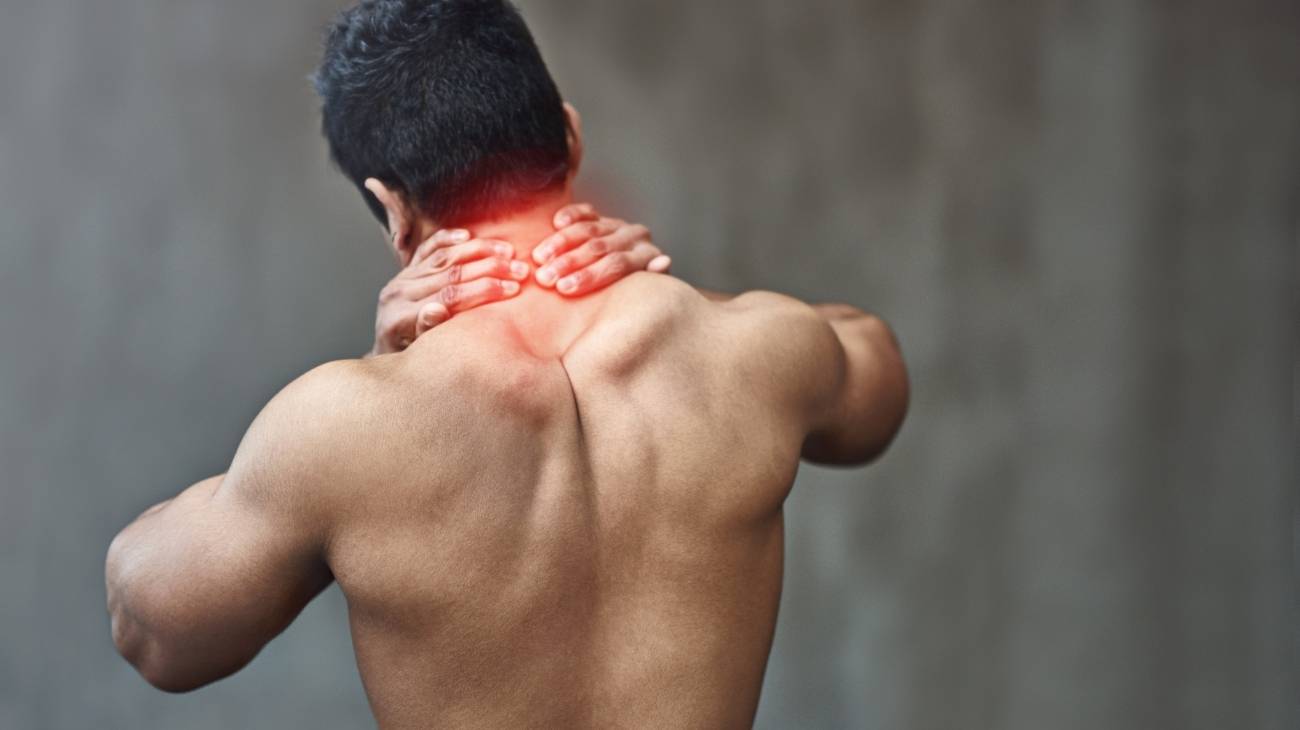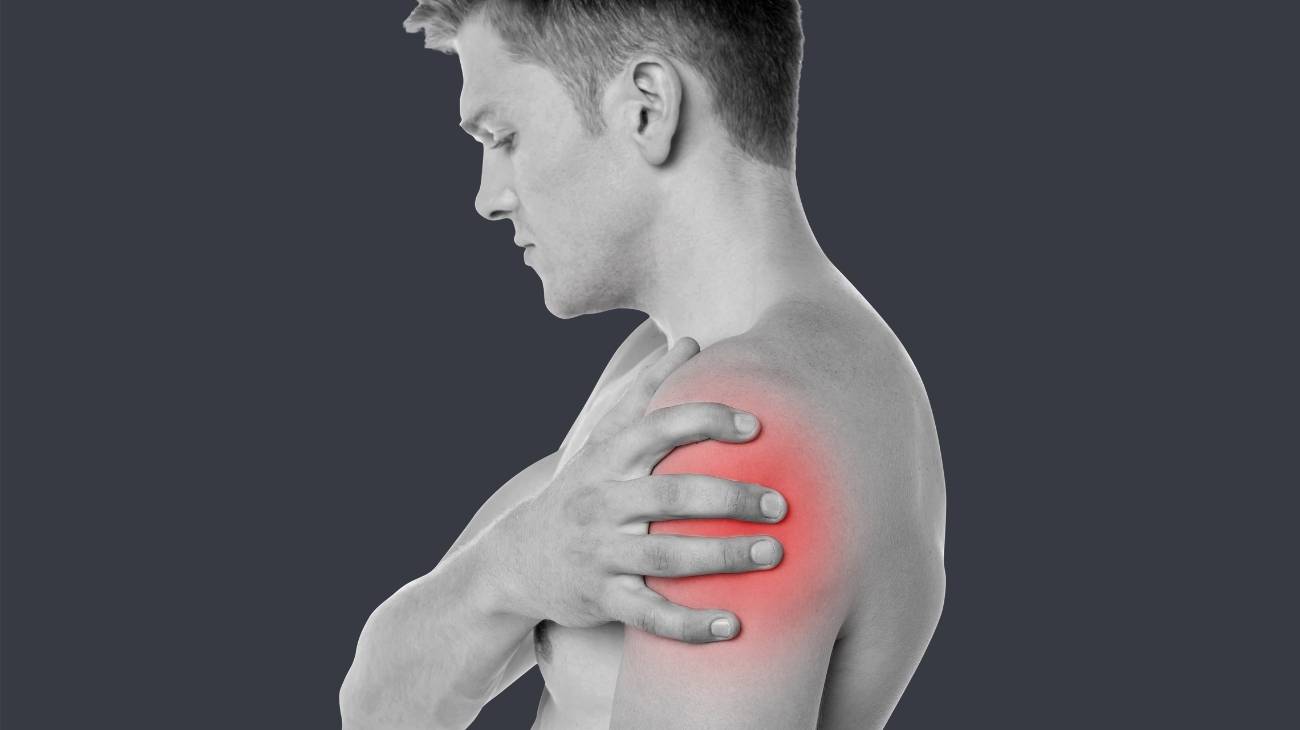- What types of hand and wrist injuries can we suffer from?
- Best products for recovery from hand and wrist injuries
- What are the causes of pain in the wrists and hands?
- What are the symptoms of hand and wrist pain?
- How to apply the RICE therapy to treat wrist and hand injuries?
- Common sports injuries to hands, fingers and wrists
- Most common wrist, finger and hand conditions
Thanks to the combined mobility of wrists and hands, there are infinite functions that we can develop with them. They allow us to play, grip, caress, feel and exert pressure with strength and precision. It is a sign of the evolution we have undergone as human beings.
There is a complex joint system in them, both are sensitive to pain and discomfort. Here are the possible injuries you may have to your hands, fingers and wrists, the symptoms you should look out for, the risk factors and how to apply the PRICE therapy as a form of first aid for pain relief.
What types of hand and wrist injuries can we suffer from?
Between accidents, stress overloads and degenerative bone and joint diseases, hands and wrists are likely to be injured at some point. Some of the most common are listed below.
Scaphoid fracture
This is a serious and fairly common injury that usually occurs when people fall and try to break their fall with an outstretched hand. The scaphoid is a small bone located near the wrist, at the base of the thumb. It is a rather fragile bone, which is why falls are the main cause of its breakage. It is even quite common for the fracture to be in the form of a crack and the pain may appear about 10 days after the fall.
Tendonitis
This is a common injury to the forearm, wrist, hand and fingers. Wherever tendonitis occurs, it is caused by overwork on the tendons, which are highly resilient but not exempt from injury. In the wrist, the most commonly inflamed tendons are the abductor pollicis longus tendon and the extensor pollicis brevis of the thumb, which causes discomfort when trying to move the thumb.
However, tendonitis can affect one or more fingers. The condition must be treated early to avoid tendinosis, which is a complete rupture of the tendon that can only be repaired by outpatient surgery.
Gangliomas
These are small, soft cysts located very close to tissues such as tendons and ligaments. Although they are not serious lesions, they can cause considerable discomfort when trying to move the hand.
These cysts are filled with fluid and the only way to make them disappear, when they are several weeks old, is by drainage to expel the excess fluid in them. If the ganglion is very large, then it is surgically removed.
Carpal tunnel syndrome
This is also a common pathology in the field of work and sports. It is caused by overwork in the hand, wrist and forearm, affecting the median nerve that provides sensation to the thumb, index and middle fingers.
The pathology starts with tingling and constant cramps in the hand, then it becomes difficult to flex the fingers and finally any movement triggers shooting pains, making it impossible to perform functions such as closing the hand. Once the damage is advanced, only surgery to release tension on the transverse ligament that puts pressure on the nerve will provide relief.
Wrist sprain
Usually occurs when cushioning a fall with the hand extended, causing the hand to exceed its natural range of motion or be forced to perform a movement for which it is not designed. In either case, this sprain will cause damage to muscles and ligaments in the joint.
The ligaments most commonly involved are the ulnar-pyramidal ligament, the ulnar-ulnar ligament, and the inner and outer lateral ligaments of the wrist. The damage can range from a simple micro-tear to a complete tear, so a specialist should always be consulted after such an accident.
Dislocations
Both in the wrist and in the bones of the fingers there can be a dislocation that pulls the bone out of its usual place, which can be the heads of the ulna or radius, or phalanges of the fingers. When this happens you notice a deformation of the joint, swelling and pain when trying to move the affected part.
A dislocation can be partial or total. If the bone moves completely out of place and affects soft tissue function, then it is a total dislocation. The safest way to relieve pain is to mechanically set the bone in its original place, and then apply cryotherapy to control inflammation.
Osteoarthritis
This is the wearing away of cartilage in the joints, in this case the wrist. As the hand can perform many functions, repetition of the hand will cause more wear and tear. The symptoms of osteoarthritis do not come out of the blue, they start with discomfort, then a mild ache until the person feels a weakening of the joints, severe pain and a sound when moving the wrist.
Best products for recovery from hand and wrist injuries
Bestseller
-
2 Mittens: Microwave Arthritis Gloves (Hearts)
£24,95 -
2 Mittens: Microwave Arthritis Gloves (Oxford)
£24,95 -
Foot Massage Roller for Plantar Fasciitis (Black)
£20,95 -
Foot Massage Roller for Plantar Fasciitis (Green)
£20,95 -
Foot Massage Roller for Plantar Fasciitis (Pink)
£20,95 -
Microwaveable Wheat Bag for Pain Relief (Hearts)
£20,95 -
Microwaveable Wheat Bag for Pain Relief (Oxford)
£20,95 -
Microwaveable Wheat Bag for Pain Relief (Sport)
£20,95
What are the causes of pain in the wrists and hands?
The hands and wrists contain about 30 bones and dozens of tissues including muscles, ligaments and tendons. Whenever you do the same activity for months and years, it is likely that in the long term there will be aches and pains like the ones mentioned above.
Repetition of movements
Doing the same action over and over again will put a lot of wear and tear on the muscle groups that make up the hand and wrist. When the muscles weaken, then the strain of the movements falls on the ligaments and tendons. Cartilage begins to be affected, and cartilage does not have a chance to recover on its own.
If you do the same movement for work or sport, rest will be important to avoid aches and pains. You should also find a way to alternate the functions you always perform with your hand.
Not resting properly
Good rest is as important as the physical activity itself. This rest will allow damaged cells to begin to regenerate and be ready for the next physical activity. In fact, for every hour of work in the office you should take 10-15 minutes of active breaks, a concept created to prevent muscle atrophy during working hours and avoid discomfort related to repetitive movements.
Overuse of the thumb
By now you can imagine that the use of smartphones has led to an increase in finger injuries, especially the thumb, which is a favourite for touching the screen. Remember that the tissues and bones in the fingers are not as strong as those in the rest of the body, which is why they are referred to as phalanges. Overuse of the fingers will lead to tendonitis and inflammation of the ligaments, so it is advisable to manage the use of technological devices that make the thumbs work harder and cause wear and tear on their structure.
Poor nutrition and hydration
Water and food are our first medicines, so having a balanced diet and being well hydrated is essential to be healthy, as these foods nourish the bones, muscles and all the body's tissues. If this rule is not met, it is possible to suffer endless injuries due to malnutrition, as these parts of our body will be more fragile and prone to injury.
Muscle overload
It is associated with excessive sporting activity that forces the hands and fingers to work without rest, and with a high intensity. Every muscle is prone to tearing and breaking fibres. Each person should be aware and know their limitations, and to warm up and cool down correctly if you do sports. These simple steps will prevent you from sustaining a hand injury that will cause you to be off work for several weeks.
Degenerative diseases
Ailments such as osteoporosis and arthritis will cause significant weakening of joints and bones. To these causes can be added the age of the patient, which will increase the likelihood of a bone fracture in the event of a fall.
When diseases like this are present in the body, it is only possible to take some measures such as physiotherapy exercises to try to stop the accelerated pace of these ailments. Bad lifestyle habits such as smoking or alcohol consumption aggravate these chronic diseases.
What are the symptoms of hand and wrist pain?
The body has many ways of warning that something is wrong with the hand and wrist. It is important that you pay attention to each of the symptoms detailed in this section, so that you can avoid injury complications.
- Pain: It may be generalised in the hand or simply localised in the fingers. The type of ailment will give the specialist a signal to know what kind of injury it is. Osteoarthritis generates pain only in the joint, but tendonitis will cause pain from the hand to the forearm.
- Tingling: This is a frequent sign due to problems in blood circulation, such as when you sleep and crush a hand, when you realise that the blood flow has been cut off you clear it and there is circulation again, the sensation is of tingling in the fingers.
- Cramps: Excessive sporting activity causes small muscle contractions in the hand, especially in sports such as cycling and golf, where the strength and tension in each discipline falls more on the upper limbs.
- Deformity: In cases of sprains and strains, the wrist and finger joints may be swollen and slightly deformed. Even if the phalanges are dislocated.
- Numbness in the fingers: A very common symptom of neuropathies such as carpal tunnel syndrome.
- Inflammation: Whenever there is an injury to any part of the body it is very common for the painful area to become inflamed, this is due to the natural behaviour of our body acting to reduce and combat the injury.
How to apply the RICE therapy to treat wrist and hand injuries?
The PRICE therapy is very useful for relieving pain and reducing inflammation in the case of minor first aid complaints. The RICE therapy began to be used in the late 1970s in the sports world, and was recently updated to the five-step PRICE.
- Protection: Cover the hand with a classic or elastic bandage when there is an injury. In the case of very painful sprains and fractures you should not do this, but only protect the injured area so that it does not get worse.
- Rest: Keep in mind that only when the muscles, tendons and ligaments relax, the regeneration process of the damaged cells begins. A good rest for a minor injury can last up to three days.
- Ice: You should apply cold to the skin with the support of a handkerchief or a heat pack to prevent burns. Ice is a much more powerful analgesic and anti-inflammatory than any chemical.
- Compression: The best compression you can give is with an elastic wrist brace, it has the pressure that the hand needs to reduce blood circulation and give support, which will reduce pain and inflammation.
- Elevation: Raise your arm above the level of your heart, this will help gravity to help lower the swelling and severe pain in your hands by reducing blood pressure.
Common sports injuries to hands, fingers and wrists
If you practice sports professionally or as an amateur, it's time to learn about the most common hand and wrist injuries. With this information you will know which are the most common and how to prevent them.
Why is it important to clean TENS/EMS electrode pads?How to clean the electrodes pads of TENS/EMS electrostimulator?When to replace electrostimulator padsIs it safe to use old electrode pads?Tips for maintaining...
What is vibration therapy and what types of ailments can be treated with vibration balls?What is myofascial release therapy and what kind of ailments can be treated with massage balls?What...
How can myofascial release therapy improve my health according to science?What should I consider when choosing the best electric massage roller?How to use an electric vibrating massage roller?F.A.Q: Frequently Asked...
How does the head of my muscle massage gun influence the experience of use?What types of heads do massage guns have and what is each one used for?What are the...
What is myofascial release therapy and how does vibration influence it?What to consider before performing myofascial release massages with Foam Foller with vibration?Vibration Foam Roller Exercises for the upper bodyVibration...
What kind of pains and injuries can be treated with vibrating massage rollers?How to use vibrating massage rollers to relieve aches and pains and speed up recovery from injuries?What kind...
What is an vibrating Foam Roller and what kind of injuries can be treated with one?What are the differences between an vibrating foam roller and a normal massage roller?What are...
What kind of ailments can be treated with a vibrating massage ball?On which areas of the body can we use a vibrating massage ball?How to use the vibrating massage balls?What...
How can massage therapy help improve your health according to science?What are the main benefits of using electric vibrating massage balls?What should we consider when choosing the best vibrating massage...
How can massage therapy improve my health according to science?What are the most important benefits of using an electric neck, back and shoulder massager?What are the most important features when...
Most common wrist, finger and hand conditions
Check out this detailed list of the most common ailments you may have, both at home and at work. Identifying the signs can help prevent more serious complications and reduce the risk of hand and wrist disease
Why is it important to clean TENS/EMS electrode pads?How to clean the electrodes pads of TENS/EMS electrostimulator?When to replace electrostimulator padsIs it safe to use old electrode pads?Tips for maintaining...
What is vibration therapy and what types of ailments can be treated with vibration balls?What is myofascial release therapy and what kind of ailments can be treated with massage balls?What...
How can myofascial release therapy improve my health according to science?What should I consider when choosing the best electric massage roller?How to use an electric vibrating massage roller?F.A.Q: Frequently Asked...
How does the head of my muscle massage gun influence the experience of use?What types of heads do massage guns have and what is each one used for?What are the...
What is myofascial release therapy and how does vibration influence it?What to consider before performing myofascial release massages with Foam Foller with vibration?Vibration Foam Roller Exercises for the upper bodyVibration...
What kind of pains and injuries can be treated with vibrating massage rollers?How to use vibrating massage rollers to relieve aches and pains and speed up recovery from injuries?What kind...
What is an vibrating Foam Roller and what kind of injuries can be treated with one?What are the differences between an vibrating foam roller and a normal massage roller?What are...
What kind of ailments can be treated with a vibrating massage ball?On which areas of the body can we use a vibrating massage ball?How to use the vibrating massage balls?What...
How can massage therapy help improve your health according to science?What are the main benefits of using electric vibrating massage balls?What should we consider when choosing the best vibrating massage...
How can massage therapy improve my health according to science?What are the most important benefits of using an electric neck, back and shoulder massager?What are the most important features when...
References
- Trybus, M., Lorkowski, J., Brongel, L., & Hľadki, W. (2006). Causes and consequences of hand injuries. The American journal of surgery, 192(1), 52-57. https://www.sciencedirect.com/science/article/abs/pii/S0002961006002406
- O'sullivan, M. E., & Colville, J. (1993). The economic impact of hand injuries. The Journal of Hand Surgery: British & European Volume, 18(3), 395-398. https://www.sciencedirect.com/science/article/abs/pii/026676819390072N
- Wege, A., & Hommel, G. (2005, August). Development and control of a hand exoskeleton for rehabilitation of hand injuries. In 2005 IEEE/RSJ International Conference on Intelligent Robots and Systems (pp. 3046-3051). IEEE. https://ieeexplore.ieee.org/abstract/document/1545506
- Holtzhausen, L. M., & Noakes, T. D. (1996). Elbow, forearm, wrist, and hand injuries among sport rock climbers. Clinical journal of sport medicine, 6(3), 196-203. https://journals.lww.com/cjsportsmed/Abstract/1996/07000/Elbow,_Forearm,_Wrist,_and_Hand_Injuries_Among.10.aspx
- Kubiak, E. N., Klugman, J. A., & Bosco, J. A. (2006). Hand injuries in rock climbers. Bulletin-Hospital for Joint Diseases New York, 64(3/4), 172. https://www.researchgate.net/profile/Joseph-Bosco/publication/6643480_Hand_injuries_in_rock_climbers/links/0fcfd50cb181b79d64000000/Hand-injuries-in-rock-climbers.pdf
- Howse, C. M. (1994). Wrist injuries in sport. Sports medicine, 17, 163-175. https://link.springer.com/article/10.2165/00007256-199417030-00003
- Rettig, A. C. (2003). Athletic injuries of the wrist and hand. The American journal of sports medicine, 31(6), 1038-1048. https://journals.sagepub.com/doi/abs/10.1177/03635465030310060801
- Avery, D. M., Rodner, C. M., & Edgar, C. M. (2016). Sports-related wrist and hand injuries: a review. Journal of orthopaedic surgery and research, 11, 1-15. https://link.springer.com/article/10.1186/s13018-016-0432-8
- Webb, B. G., & Rettig, L. A. (2008). Gymnastic wrist injuries. Current sports medicine reports, 7(5), 289-295. https://journals.lww.com/acsm-csmr/Fulltext/2008/09000/Gymnastic_Wrist_Injuries.13.aspx
- Machold, W., Kwasny, O., Eisenhardt, P., Kolonja, A., Bauer, E., Lehr, S., ... & Fuchs, M. (2002). Reduction of severe wrist injuries in snowboarding by an optimized wrist protection device: a prospective randomized trial. Journal of Trauma and Acute Care Surgery, 52(3), 517-520. https://journals.lww.com/jtrauma/Abstract/2002/03000/Reduction_of_Severe_Wrist_Injuries_in_Snowboarding.16.aspx




